Bob Dennis
My current and future research in tissue engineering will focus on the following topics:
– Automated cell culture systems (for applying controlled interventions and monitoring the resulting function)
– Control of expression of adult muscle phenotype (adult myosin isoforms: fast twitch & slow twitch)
– Compliant tendons (for mechanical impedance matching and the reduction of stress concentrations)
– Motor unit level control of engineered skeletal muscle constructs (a collaboration with CNCT in EECS)
– Nerve-muscle interface (to provide nerve-derived trophic factors and to aid in expression of adult phenotype)
– Angiogenesis and perfusion (to allow large tissue cross sections).


